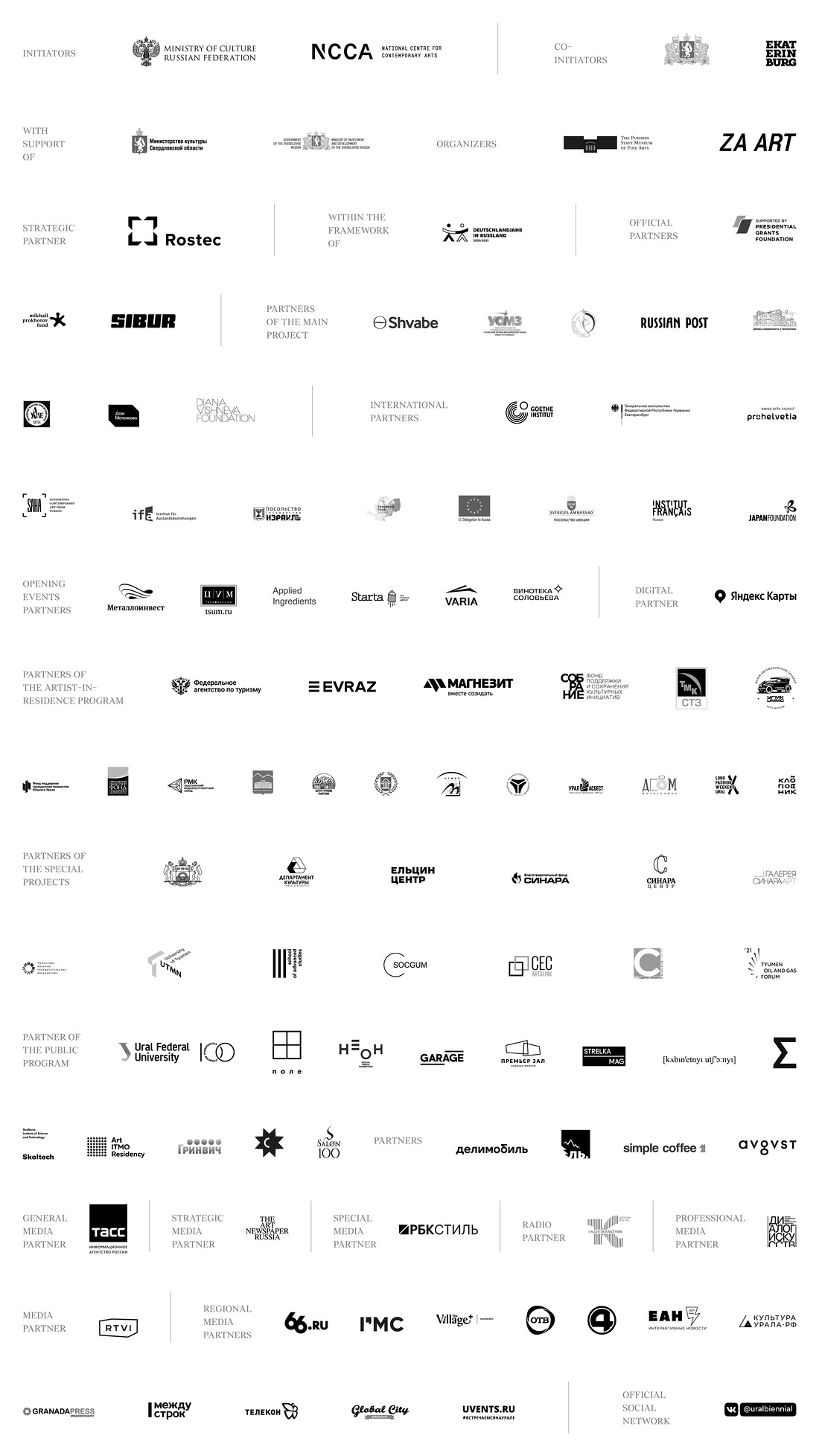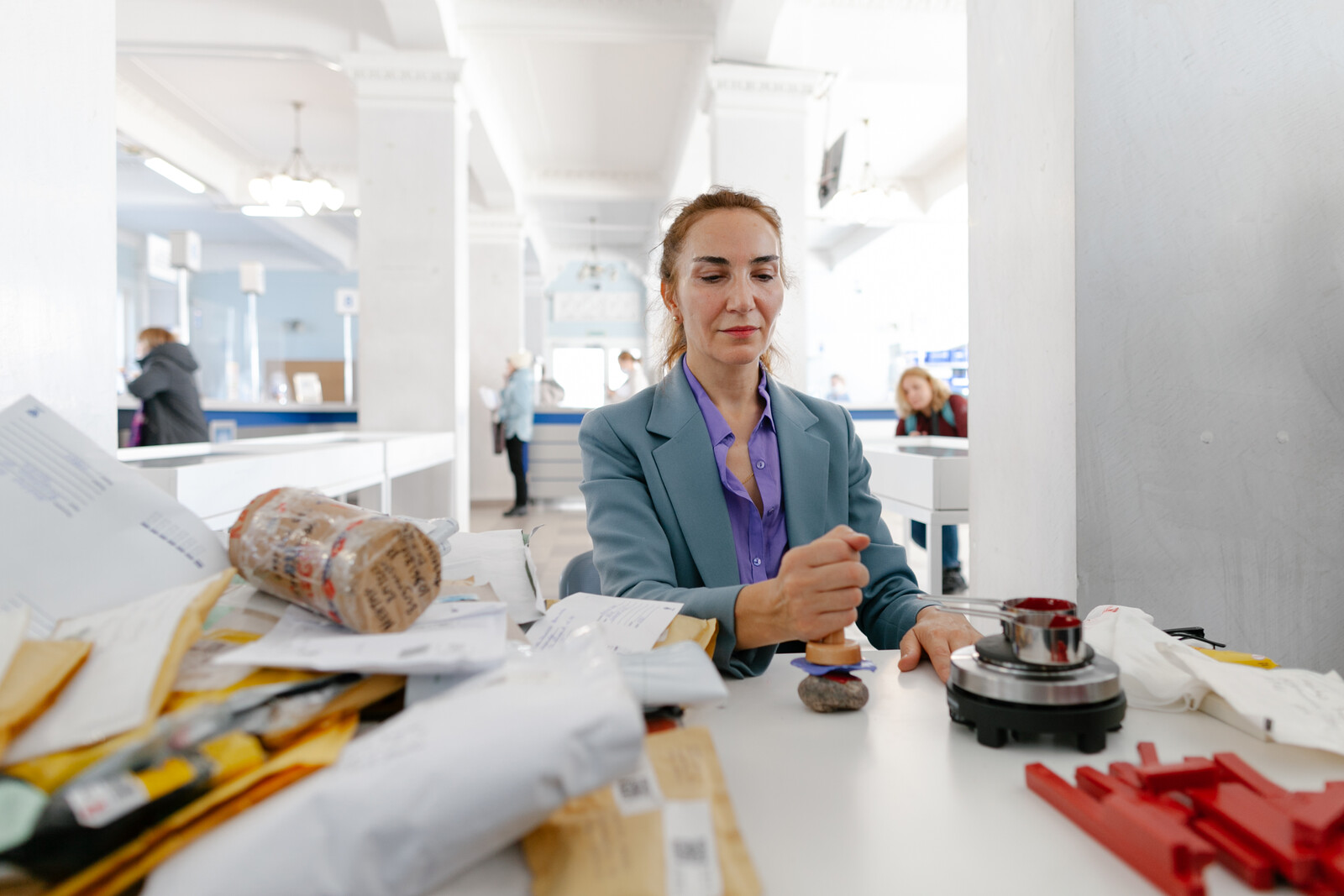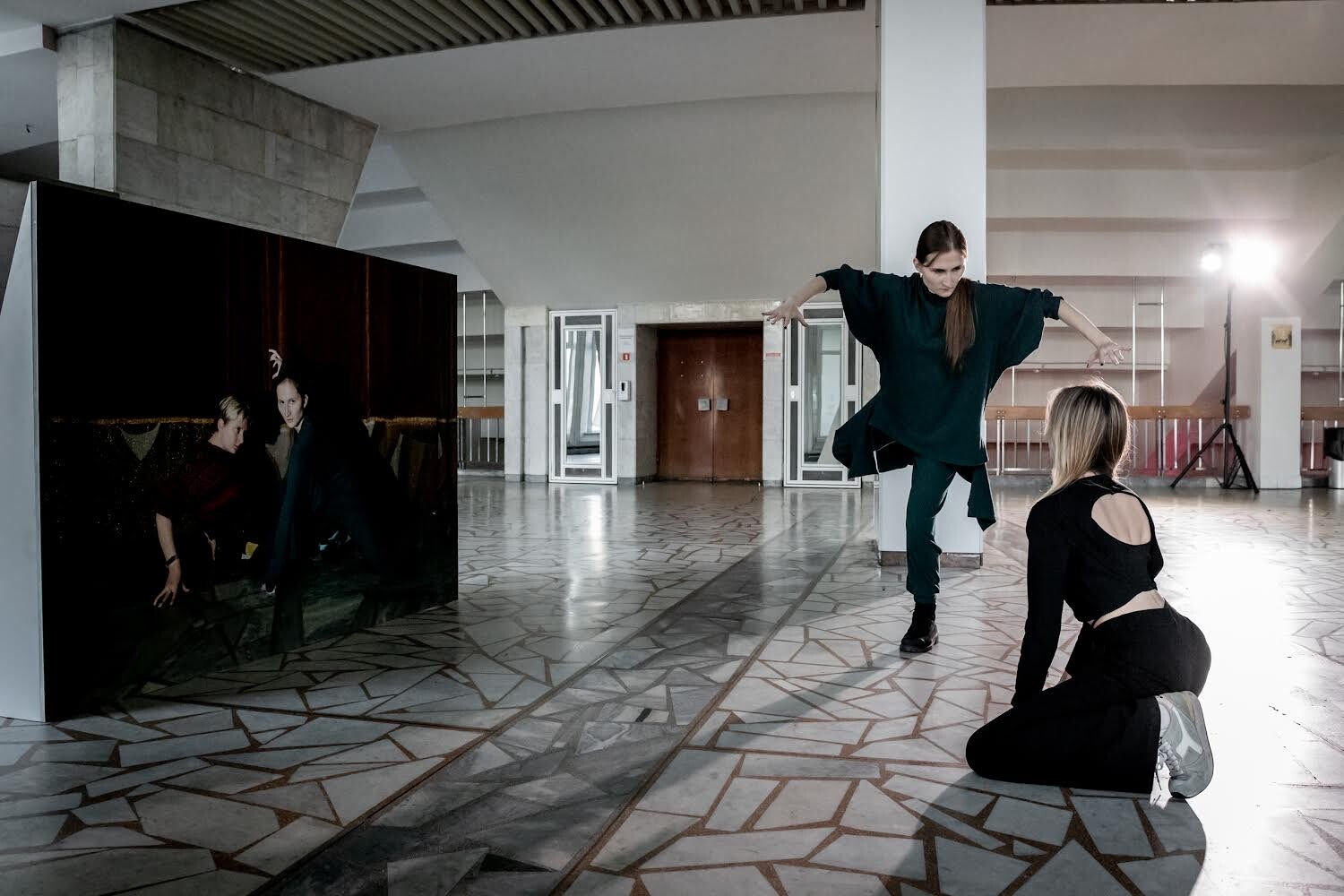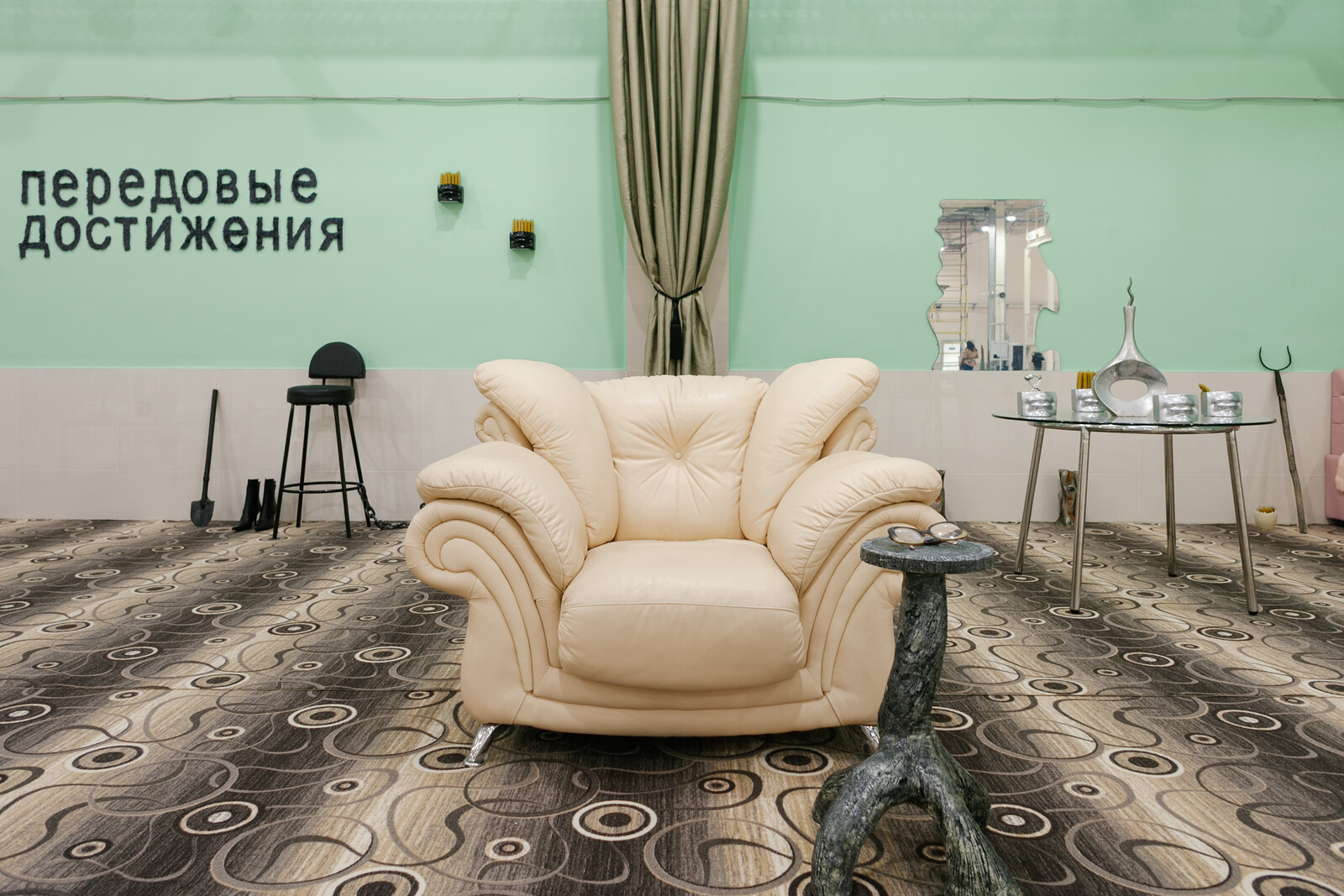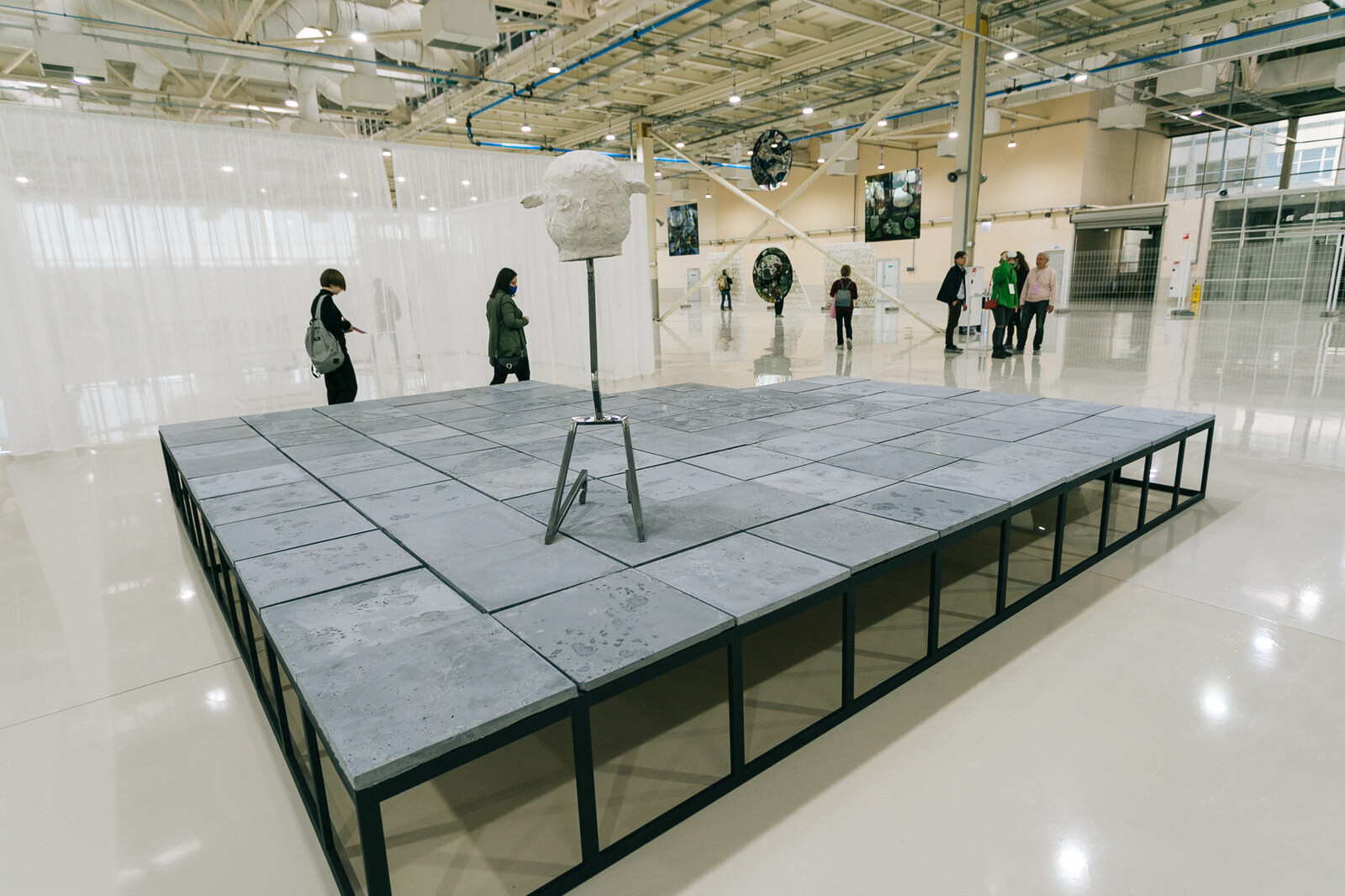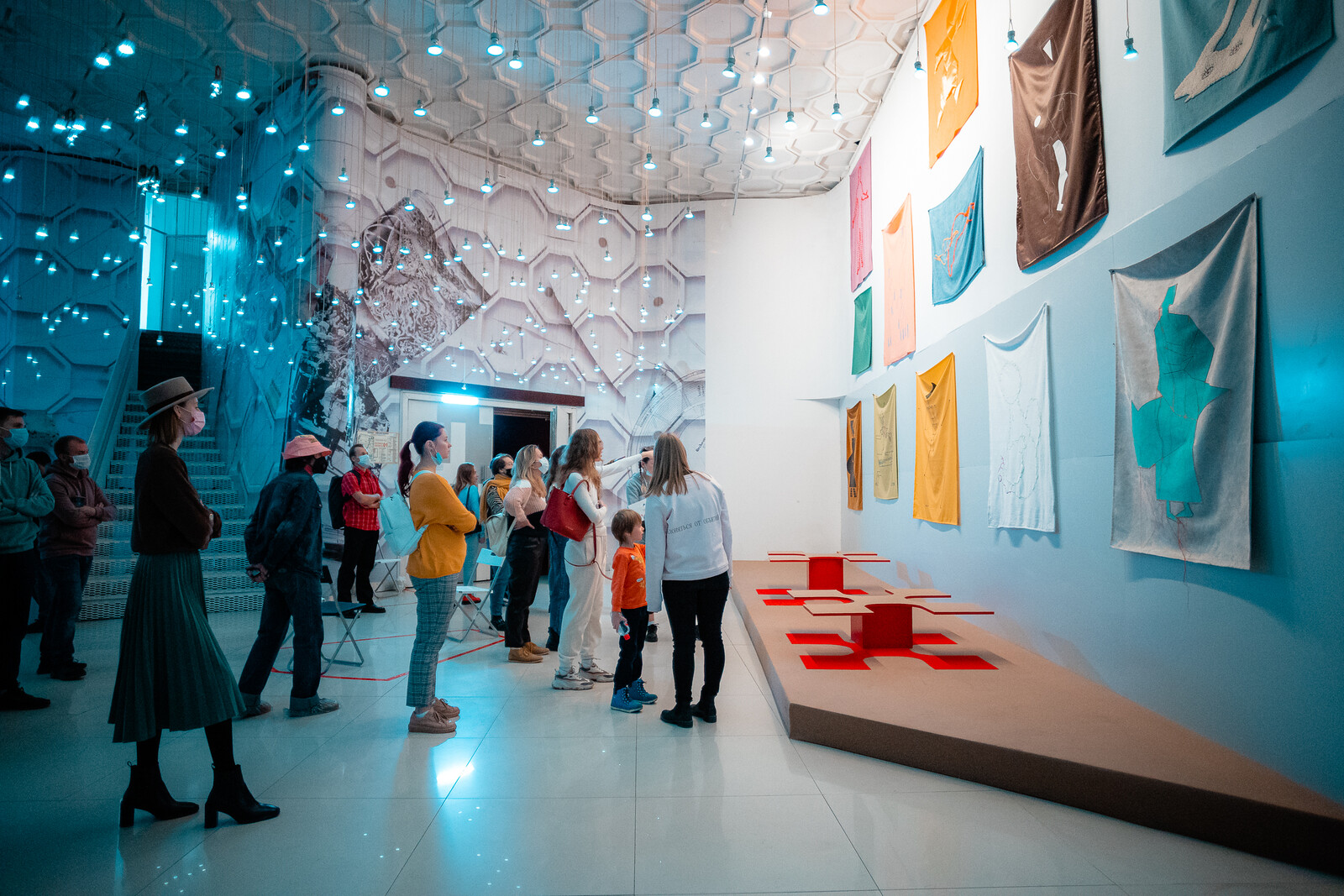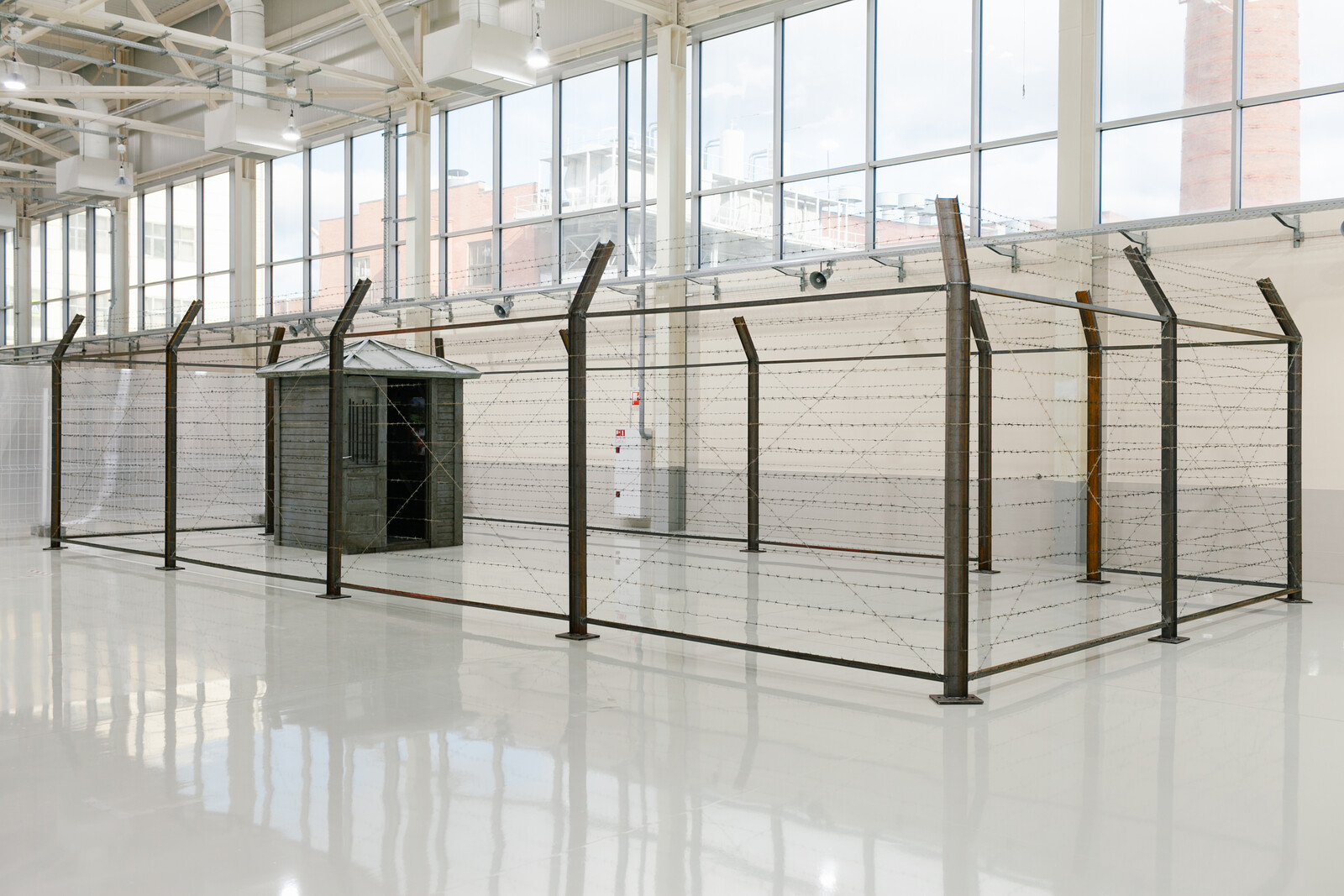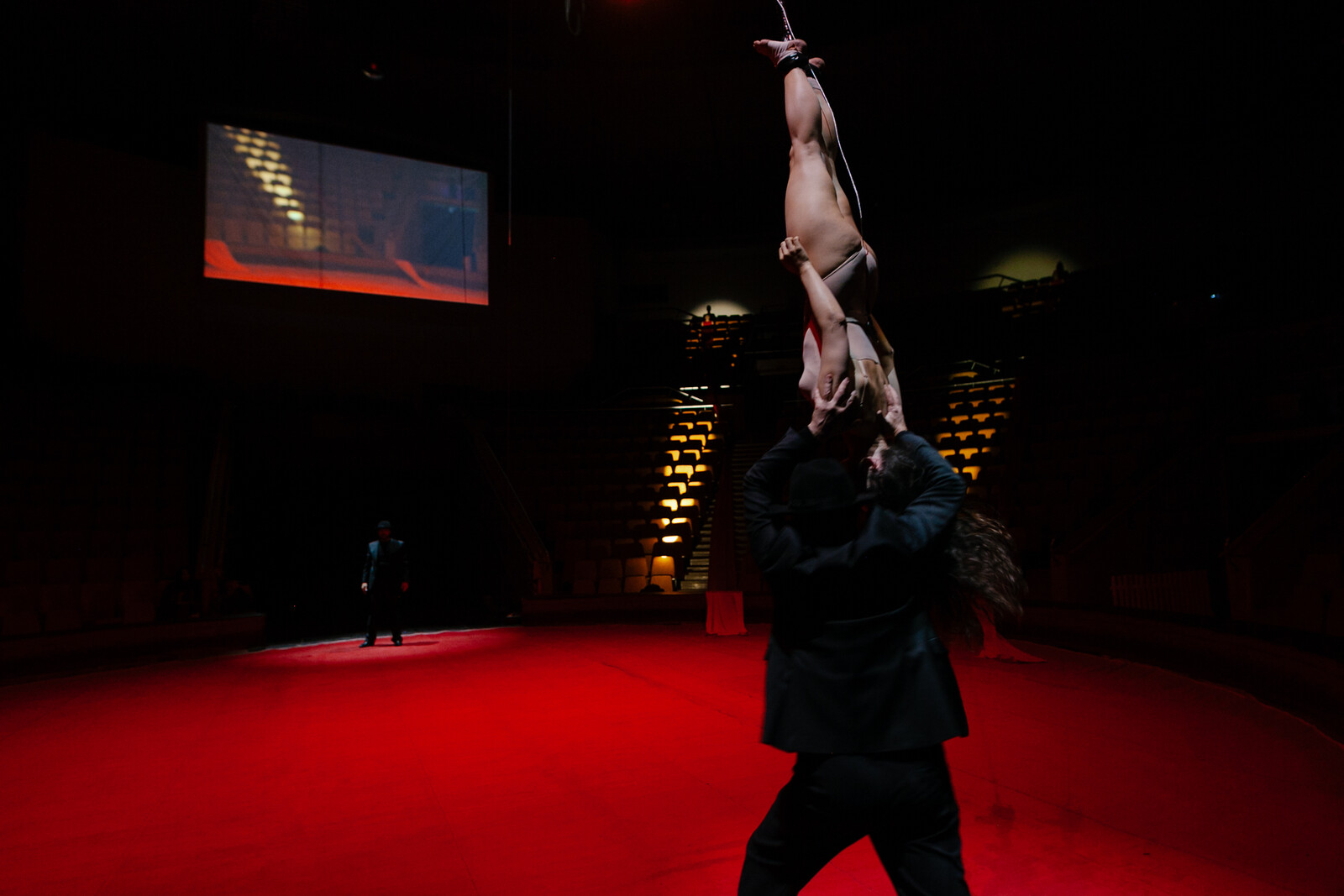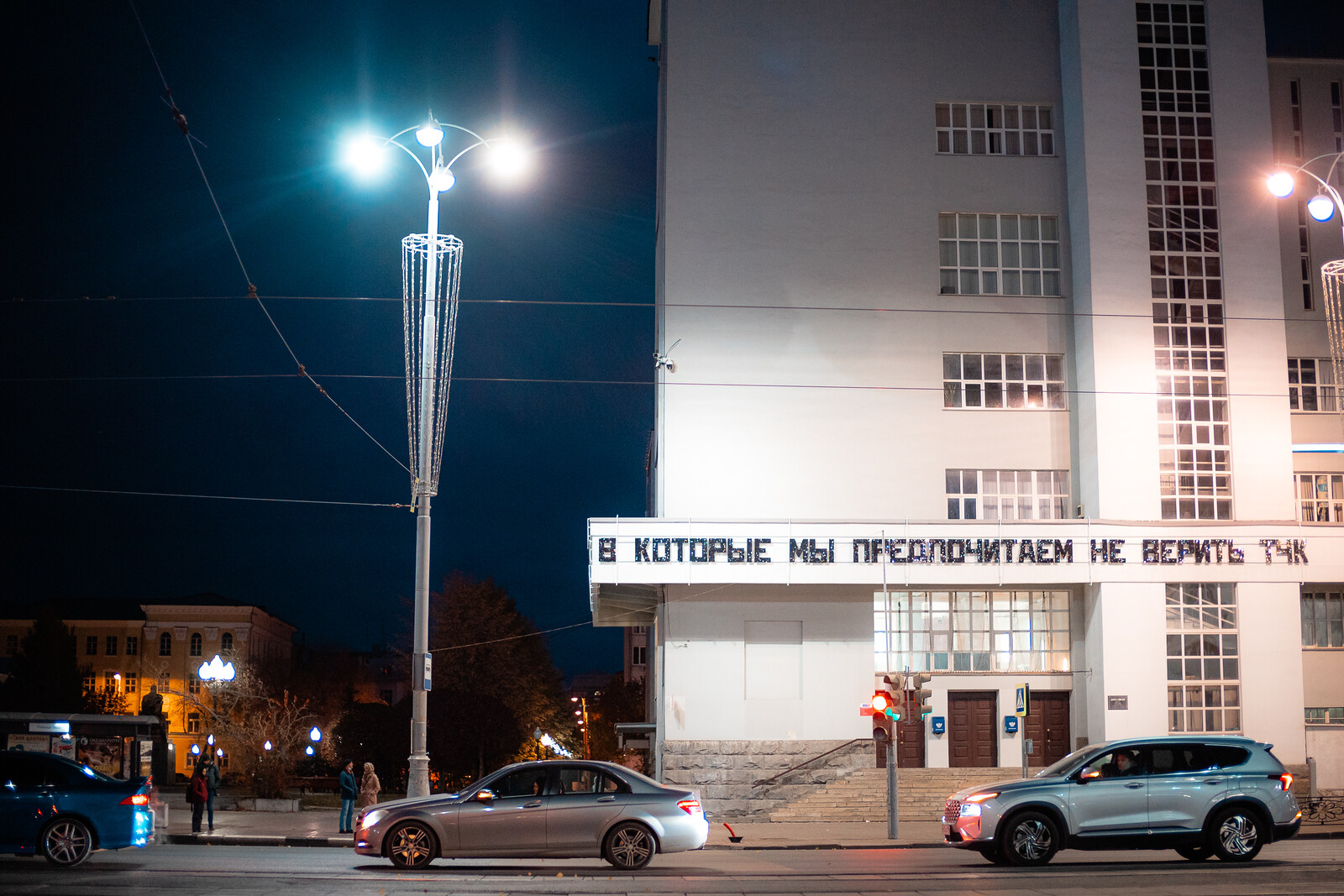On December 5, the projects of the 6th Ural Industrial Biennial of Contemporary Art were closed. Since October 2, 76 works by 52 artists and art groups from 23 countries and regions have been presented at eight venues in Ekaterinburg. The main project involved the masterpiece of constructivism, the White Tower, built in 1929; the state-of-the-art workshop of the Ural Optical and Mechanical Plant (part of Shvabe holding of Rostec state corporation) launched in 2016, the former Salute Cinema, the Ekaterinburg Circus, the Main Post Office, the Ural branch of the Pushkin Museum (NCCA), Metenkov House Museum of Photography, Museum of History and Archeology of the Urals. The curatorial trio for the main exhibition project Thinking Hands Touch Each Other, Çağla Ilk, Assaf Kimmel and Misal Adnan Yıldız, mapped specific venues, which are not typically used for exhibitions with existing museums in relation to the understanding of the city as an open script. Thus, expected limitations prompted a new approach to rethinking exhibitions with the organisation of everyday life with the circulation of new potential audiences. A unique feature of the project was its performative nature: within a month, 17 new performances by such artists as Sebastien Baumgarten, Olya Kroytor, Jan St. Werner, Maria Morina, Marina Karpova and Katya Sokolovskaya were presented to the public. Despite the covid limitations, 40 artists were able to come to Ekaterinburg to produce new projects, among them are Mehtap Baydu, Egemen Demirci, Anna Ehrenstein, Henrike Naumann, Anton Stoianov, Mikhail Tolmachev, Clemens von Wedemeyer.
The public program of the 6th Biennial included more than 150 events and followed the principles of the embracive biennial: engaging communities, interfering with the urban space, expanding experience for both residents and guests of the city. The 6th Biennial continued the tradition of combining global and local perspectives and is proud of the projects presented by local curators, including Daria Kostina, Lyudmila Starostova, Alisa Sycheva, Lev Shusharichev.
The Artist-in-Residence Program is the strategic program of the Ural Industrial Biennial of Contemporary Art, aimed at cooperation of artists with operating enterprises and industrial sites. The Program has expanded significantly and has left an important biennial trace, instilling contemporary art as a daily practice in small and medium-sized cities of the Urals — this year, all the art objects produced by invited artists were located in various public places of the host cities. An absolute hit was the project by Pavel Otdelnov titled The Ringing Trace created in the closed village; it has revealed the dramatic history of the Soviet atomic project and its tragic repercussions.
The industrial character of the Biennial in 2021 was delivered not only in its work with the legacy of constructivism, but also in the rethinking of the late Soviet architectural heritage—the Biennial offered new scenarios of interaction and ways of rethinking the use of problematic spaces through artistic practices.
The Biennial in numbers: about 74,000 people visited the biennial projects, including 14,000 guests of the Artist-in-Residence Program that took place in cities and towns of the Urals, 28 mediators gave 943 tours of the main project venues in Ekaterinburg.
The Ural Industrial Biennial of Contemporary Art is one of the largest ongoing contemporary art events in Russia. The Biennial was established in 2010 with the aim to analyze global changes and integrate the region into the international artistic context through contemporary art.
Founders: The Ministry of Culture of the Russian Federation, The National Centre for Contemporary Arts
Co-founders: Government of the Sverdlovsk Region, Ekaterinburg City Administration
Co-organizers: The Pushkin State Museum of Fine Arts, the Center for Support and Development of Contemporary Art ZA ART
Commissioner: Alisa Prudnikova
Strategic partner: Rostec State Corporation
